Anatomical Basis of General Surgery
This course provides PGY-3 residents with a solid foundation in the anatomical basis of all aspects of general surgery. Through 10 sequential laboratories, each focusing on a different aspect of anatomy, residents will acquire the in-depth anatomical knowledge, techniques of exposure, and skills required of a general surgeon.
LABORATORY 1: SKIN, INCISIONS, WOUND CLOSURE, AND SKIN FLAPS
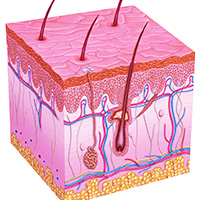
Correct use of surgical instruments; relaxed skin tension lines and incision placement; superficial body layers (skin, subdermal plexus, subcutaneous fat); wound closure, sutures, and staples; undermining and skin flaps (rotation flap, advancement flap, Z-plasty); maybe vascular and bowel anastomoses.
LABORATORY 2: LIMBS FOR GENERAL SURGEONS
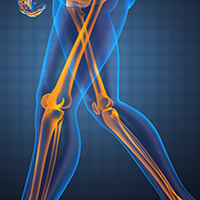
Superficial layers (venous access sites, local anesthesia); limb organization, compartments and deep neurovascular structures; limb arterial access, common vascular occlusion sites, and limb vascular bypass grafts (maybe femoral-popliteal bypass); limb fasciocutaneous, myocutaneous and osteomyocutaneous flaps and pedicles (maybe radial forearm and fibular flaps).
LABORATORY 3: BREAST, CHEST WALL, ABDOMINAL WALL, AND HERNIAS
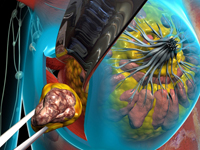
Breast anatomy; anatomy of breast surgeries (lumpectomy and various mastectomies); breast lymphatic drainage; axillary anatomy, and dissection of level 1,2,3 axillary nodes; anatomic basis of breast cancer staging; thoracic wall layers and neurovascular supply pattern; abdominal wall layers and neurovascular supply pattern; abdominal wall hernia sites; anatomical consequences of abdominal incision, trochar, and port placement; internal surface of abdominal wall (including triangle of doom, triangle of pain); inguinal canal, spermatic cord, and inguinal hernia repairs (TEP, TTAP, and open repairs), and femoral triangle, and femoral hernia repair. If time permits, TRAM or DIEP flap breast reconstruction.
LABORATORY 4: LATERAL APPROACH TO THE THORACIC CAVITY
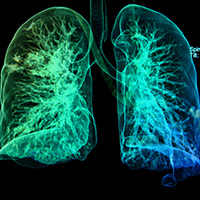
Review embryology of respiratory and thoracoabdominal diaphragm development; anatomical considerations in thoracentesis and chest tube placement, right lateral thoracotomy incision and very large non-surgical extension for access to thoracic cavity; exploration of pleural space, lysis of adhesions, identification of pleural regions and pulmonary ligament; identification of lung lobes, fissures, and lung root structures; lung resections (segmentectomy, lobectomy, pneumonectomy); diaphragm, phrenic nerve, and diaphragmatic hernia sites; mediastinal structures accessible through right lateral thoracotomy. Repeat thoracotomy and procedures on left side.
LABORATORY 5: ANTERIOR APPROACH TO THE THORACIC CAVITY
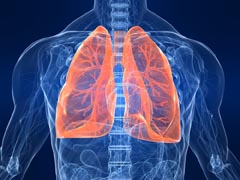
Pericardiocentesis; pericardiotomy through left lateral thoracotomy; disarticulation of acromioclavicular joints, detachment of sternopericardial ligaments and elevation of anterior chest wall; exploration of pericardium and pericardial sinuses; venous plane of mediastinum and subclavian central line placement; arterial plane of mediastinum and cardiopulmonary nerve plexuses; removal of heart and exploration of superior and posterior mediastinum (trachea, bronchi, mediastinal node stations, anatomic basis of lung cancer staging; esophagus, thoracic duct, sympathetic trunk, azygos vein, vagus nerves and recurrent laryngeal branches, thoracic aorta). Heart dissection, if useful, and review of congenital cardiac anomalies.
LABORATORY 6: INTRAPERITONEAL ABDOMINOPELVIC VISCERA IN SITU AND MOBILIZATION OF INTRAPERITONEAL VISCERA
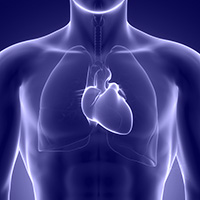
Review embryology of digestive system, mesenteries, and blood supply; lysis of adhesions, identification of peritoneal regions, spaces, and gutters; identification of abdominopelvic organs in situ; ventral mobilization of right colon, ventral mobilization of left colon, Kocher maneuver; identification of abdominal aorta, coeliac axis, superior mesenteric artery, inferior mesenteric artery and associated autonomic nerve plexuses; identification of all arterial branches and all anastomoses to GI tract; identification of portal vein and all tributaries; identification of portal-caval anastomosis sites; position of common variations in arterial supply and venous drainage; mesenteric and preaortic lymph nodes.
LABORATORY 7: RESECTIONS, ANASTOMOSES, AND TRANSPLANATION OF ABDOMINAL ORGANS
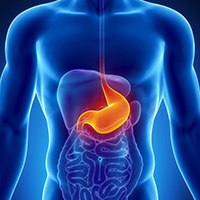
Identification of hepatogastric and hepatoduodenal ligaments and contents; gall bladder, bile ducts, triangle of Callot, 3 o’clock and 9 o’clock arteries on common bile duct, cholecystectomy; liver, surgical lobes, Couinaud segments, portal vein within liver, hepatic veins, liver resections, liver transplantation; stomach, blood supply and gastric resections?; pancreas, pancreatic blood supply, uncinate process and superior mesenteric vessels, pancreatectomies; spleen, splenic vessels, and splenectomy; small bowel resections, anastomoses and rearrangements, (Roux-en-Y and gastric bypass; Whipple procedure); anatomic bases of liver, gallbladder, and GI cancer staging and hepatic and splenic injury grading.
LABORATORY 8: EXTRAPERITONEAL ABDOMINAL AND PELVIC VISCERA
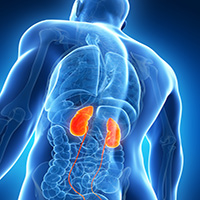
Kidney (Gerota’s fascia, kidney basic anatomy, neurovascular supply, bisected kidney with calyces and pelvis, renal injury grades); ureter (abdominopelvic course, blood supply), adrenal glands and blood supply; aorta, branches to paired abdominopelvic organs, AAA repair and anatomic indications; inferior vena cava and tributaries from paired abdominopelvic organs and trunk wall, caval-caval anastomoses; para-aortic lymph nodes and anatomic basis of renal and adrenal cancer staging; posterior abdominal wall muscles.
LABORATORY 9: COLON, RECTUM, PELVIS, AND PERINEUM
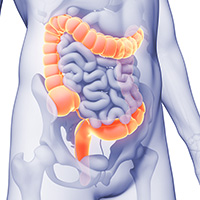
Colonic resections (right hemicolectomy, extended right hemicolectomy, segmental resection transverse colon, left hemicolectomy, extended left hemicolectomy, sigmoid resection, total colectomy); rectum, mesorectum, presacral space, and lymphatic drainage; rectal resections (LAR, APR and colostomy); prepubic space and extraperitoneal approach to pelvic viscera (bladder, pelvic urethra; prostate, vas deferens and seminal vesicles OR ovaries, uterine tubes, uterus and vagina; pelvic floor; male and female perineum.
LABORATORY 10: HEAD AND NECK FOR GENERAL SURGEONS
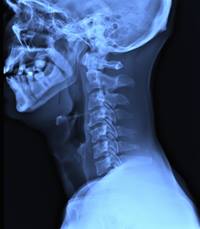
Head and neck vascular anatomy (carotid sheath, carotid arteries, carotid endarterectomy, internal jugular vein, IJ central line placement); larynx (laryngeal neurovascular supply, cricothyroidotomy); thyroid and parathyroid glands (vascular supply, thyroidectomy, parathyroidectomy); tracheostomy; pharynx and retropharyngeal space; anatomy basic to nasogastric intubation and orotracheal intubation (oral, pharyngeal, and laryngeal axes and ‘sniffing position’).
